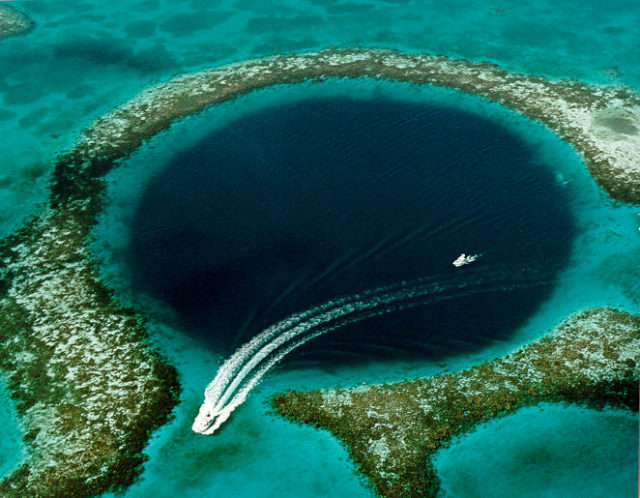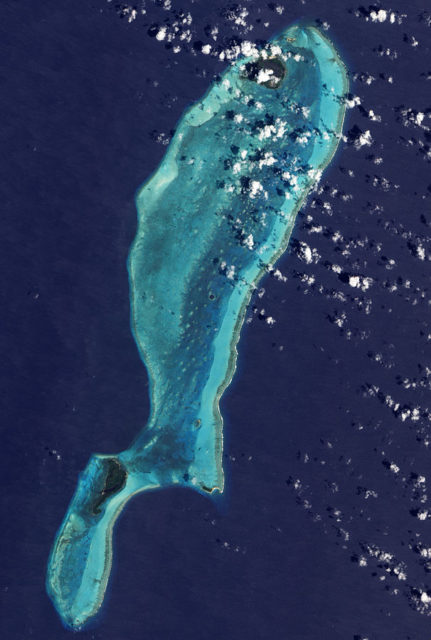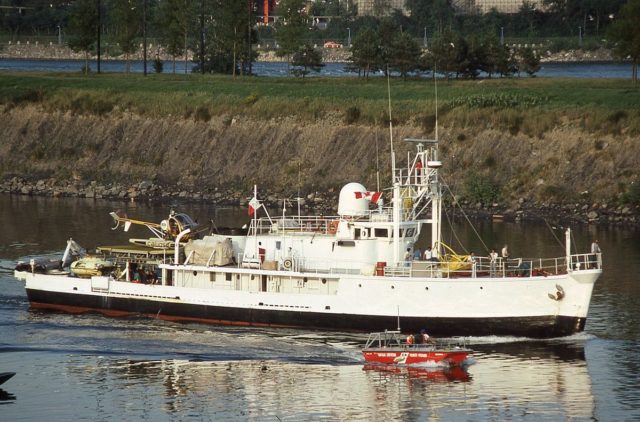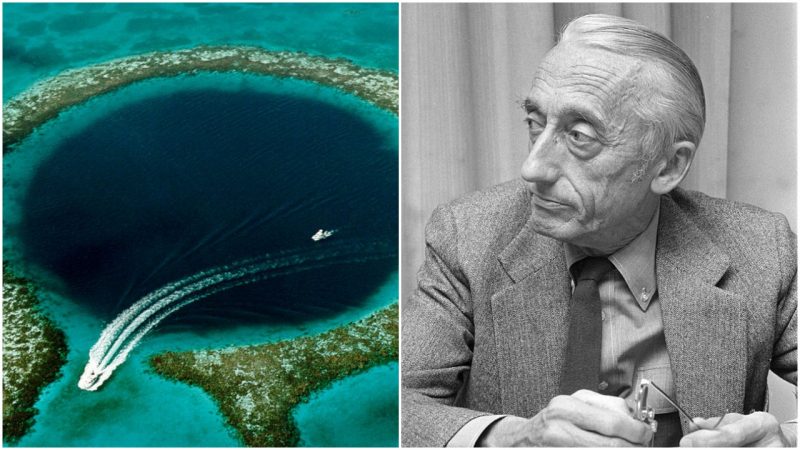Who is able to resist the beauty of a natural wonder such as the polar auroras or the steep-sided Grand Canyon? When it comes to the Caribbean, a place that can leave a person speechless is the Great Blue Hole.
Extending over 984 feet across and roughly 354 feet deep, this colossal circular sinkhole is to be found off the coast of the tiny country of Belize that opens to the Caribbean Sea on the east. The Great Blue Hole is hard to compare to any other place on the planet. Truly magnificent, it occupies a nearly central place in the Lighthouse Reef, 43 miles from the mainland of Belize and Belize City.
The natural wonder obtained its name thanks to British diver and author Ned Middleton, who coined the term in his book Ten Years Underwater. But the site was made famous by none other than Jacques Cousteau. A prominent French naval officer, explorer, and filmmaker, among other things, Cousteau was a pioneer in marine conservation work. He was the first to praise it for being one of the top diving sites across the entire planet.

In 1971 Cousteau arrived at the Great Blue Hole with his research vessel the Calypso to chart the depths of the unique sinkhole and obtain more thorough knowledge. Cousteau’s expedition provided valuable information about the hole’s origin as a typical karst limestone formation. As exploration and research had shown, the sinkhole was formed in at least four big episodes when sea levels were lower due to periods of glaciation.
To learn more about the process, Cousteau’s research team retrieved stalactites that were discovered in the submerged caves of the spot. Following analysis of the stalactites, it was established that the Great Blue Hole formation processes had commenced as early as 153,000 years ago. As the water level of the oceans began to rise, the caves eventually flooded.
During this expedition, the initially measured depth of the Great Blue Hole was 410 feet, which has remained as an often cited measurement ever since. Another expedition led by the Cambrian Foundation in 1997 would measure the hole’s depth as being 407 feet at its deepest point. Anyway, 100 percent accurate measurement of such great depths in such intricate places is quite challenging.

The 1997 expedition also sought to collect core samples from the Blue Hole’s floor. In order to successfully take these challenges, all divers who participated in the expedition were required to be certified and experienced in cave diving.

Apart from the interest among researchers and scientists in finding out more about the site, the Great Blue Hole is undoubtedly a great attraction to people who scuba-dive recreationally. Here, except for diving into crystal clear waters, divers can also explore and enjoy the marine life emblematic of the area. There are the nurse sharks, giant groupers, and a few types of reef sharks, including the Caribbean reef shark and the Blacktip shark.
Other species of sharks that can be spotted occasionally include the bull shark and the hammerheads, though they are not regulars. Not to miss mentioning the Midnight Parrotfish that largely inhabits the Caribbean, the Bahamas, as well as Florida. It takes a full-day trip to experience a dive to the Great Blue Hole, and aside from taking one dive in the Blue Hole, usually two more dives take place in other reefs nearby.
On-shore caves of comparable formation, as vast collapsed sinkholes, are common for the area of Belize and across the wider area of the Yucatán Peninsula. Here, they are known as cenotes. Unlike the mainland cenotes that are frequently linked to entire underwater cave systems, there is little to almost no evidence of horizontal cave development in the Blue Hole.

As the Great Blue Hole belongs to the larger Belize Barrier Reef Reserve System, the site retains a protected status as a UNESCO world heritage site. This heaven on earth spot was ranked number one on a 2012 Discovery Channel list entitled “The 10 Most Amazing Places on Earth.”
Should you have the required level of diving skills and logged more than 24 dives, you can explore the site yourself, and eventually come across a world of caves and remarkable stalactites.
